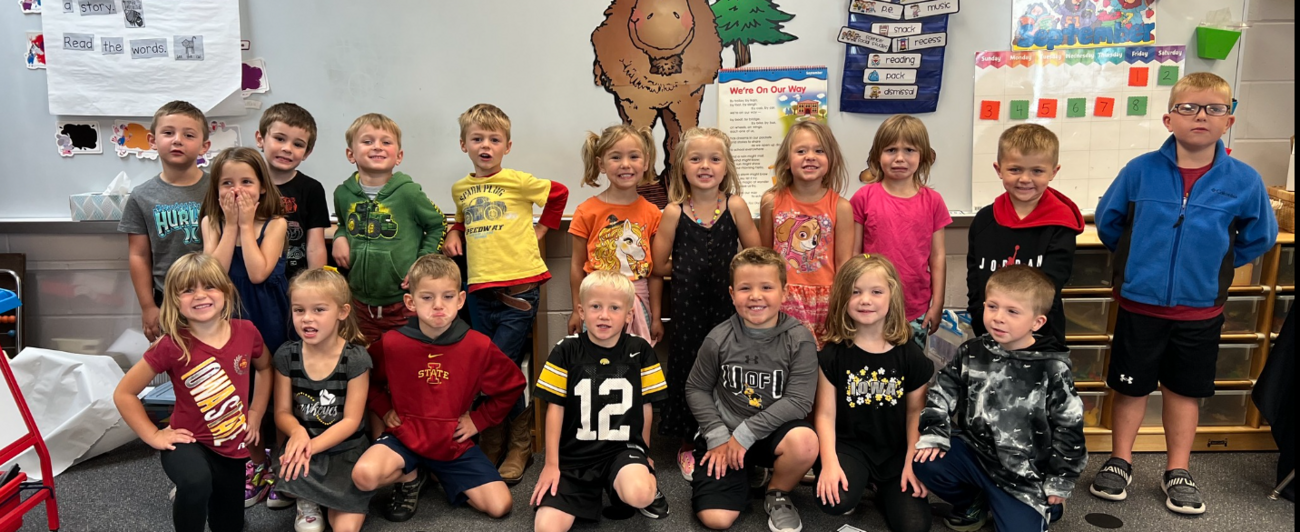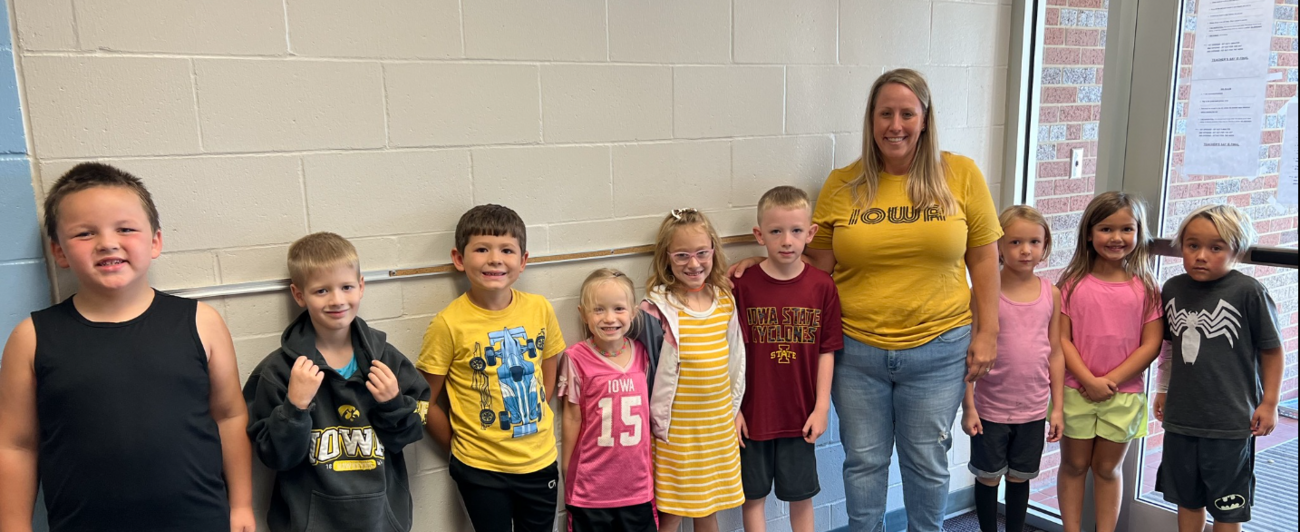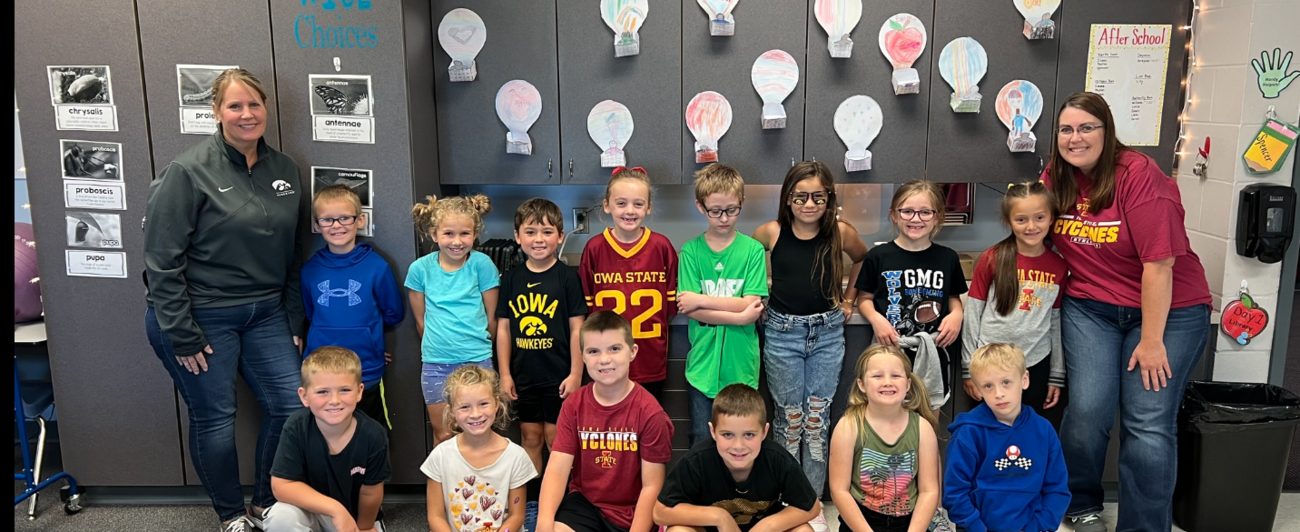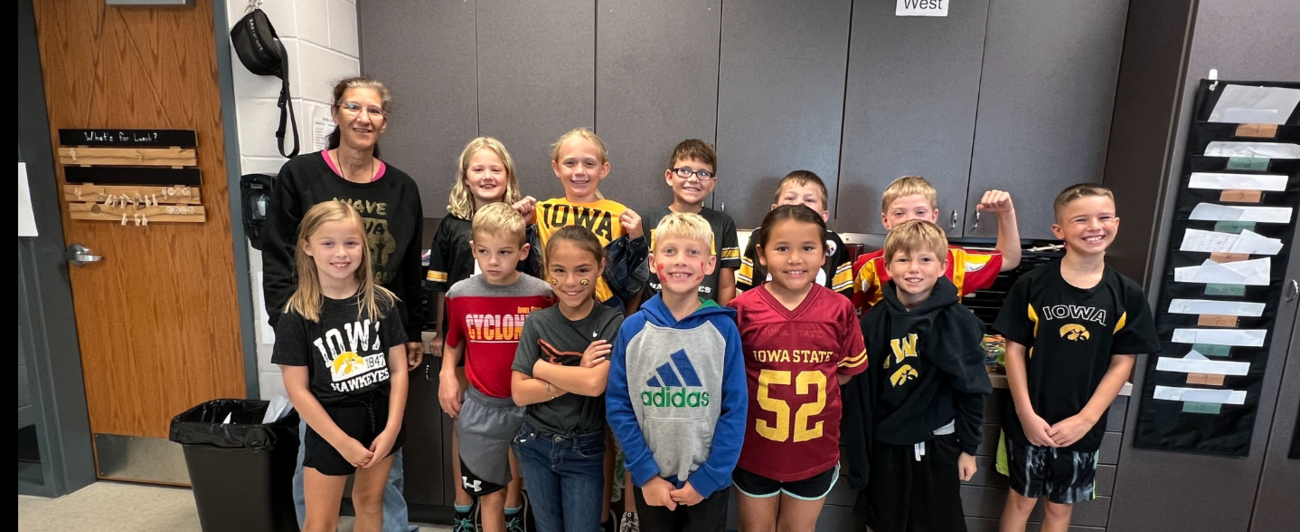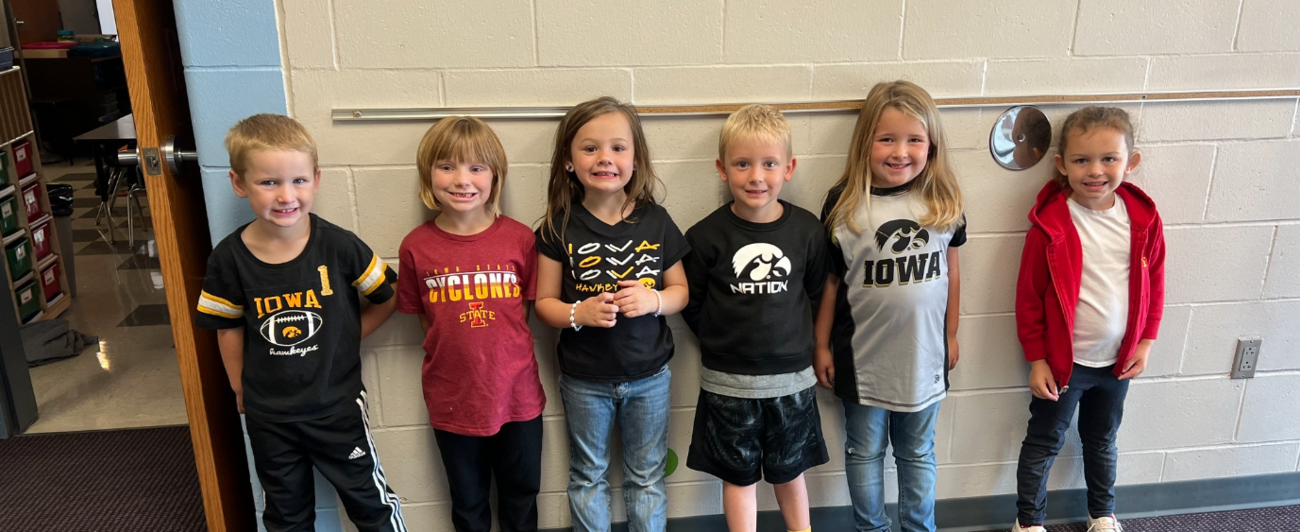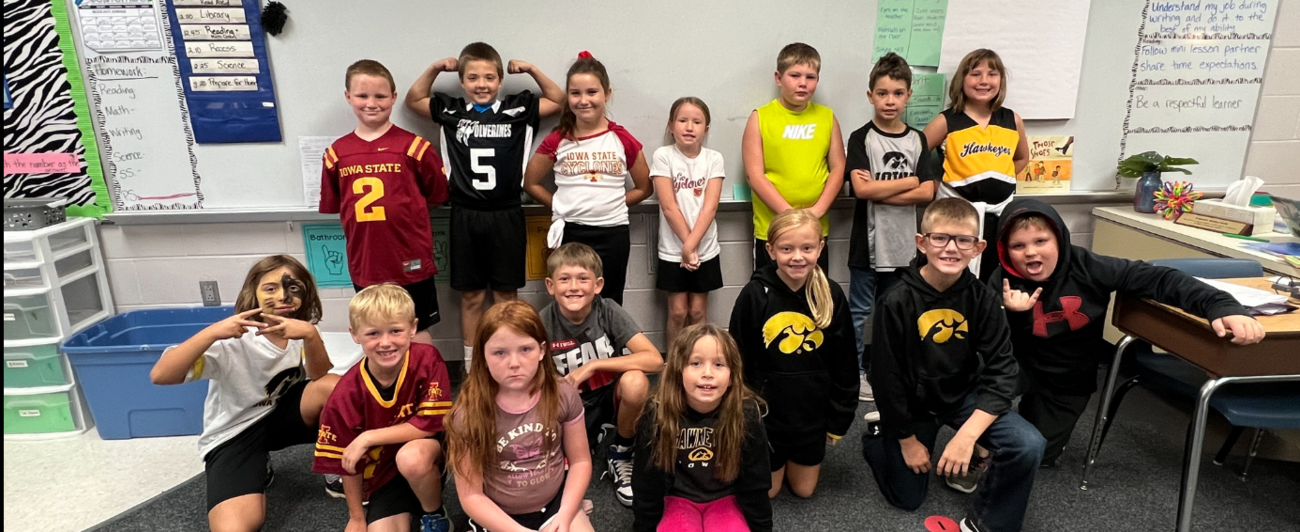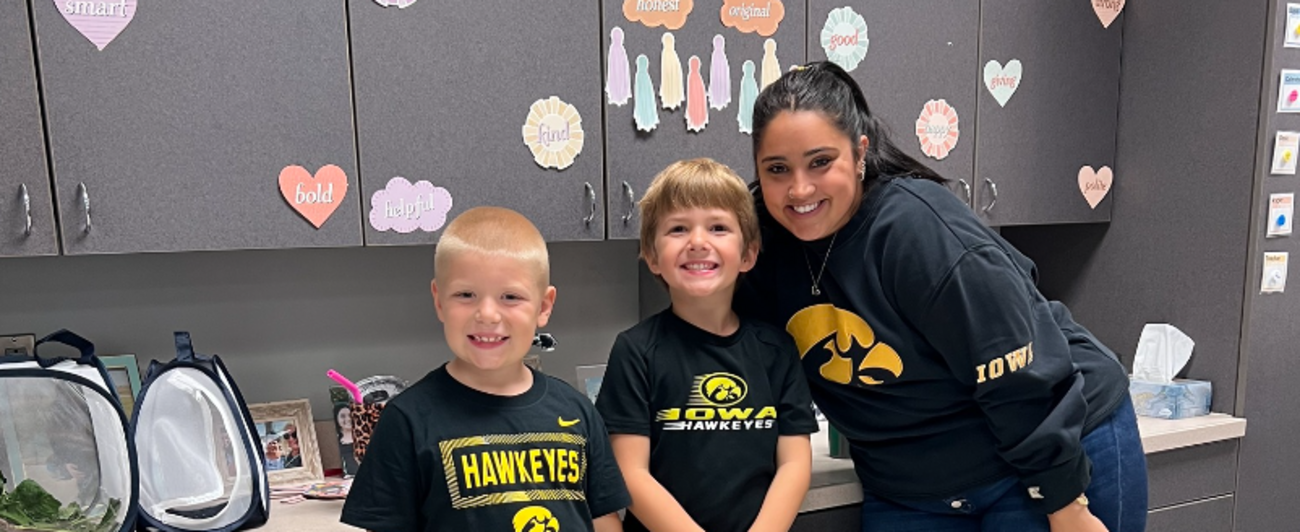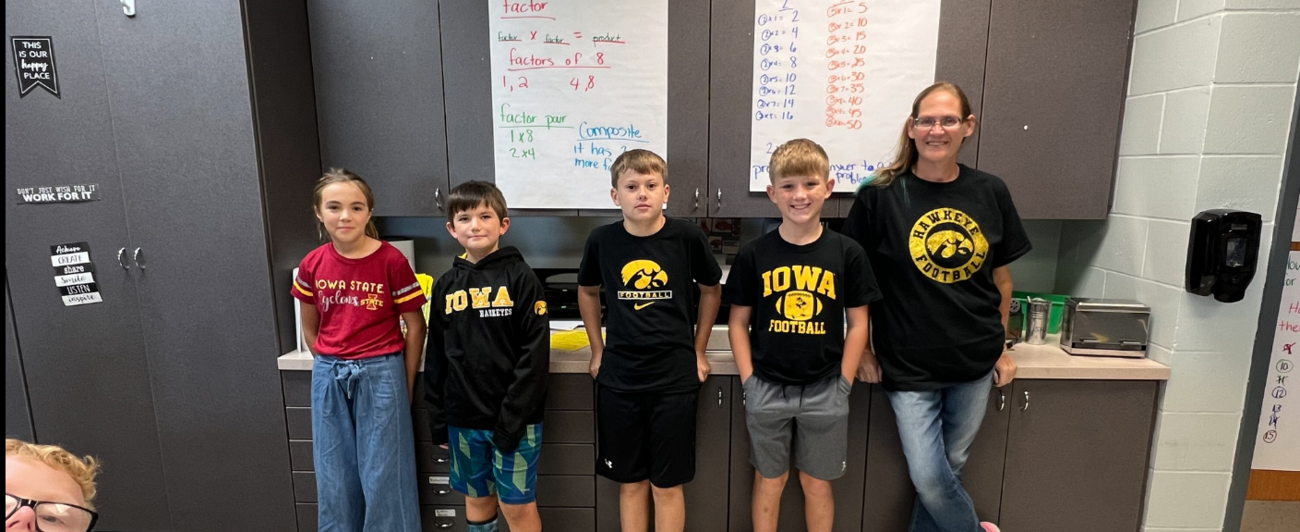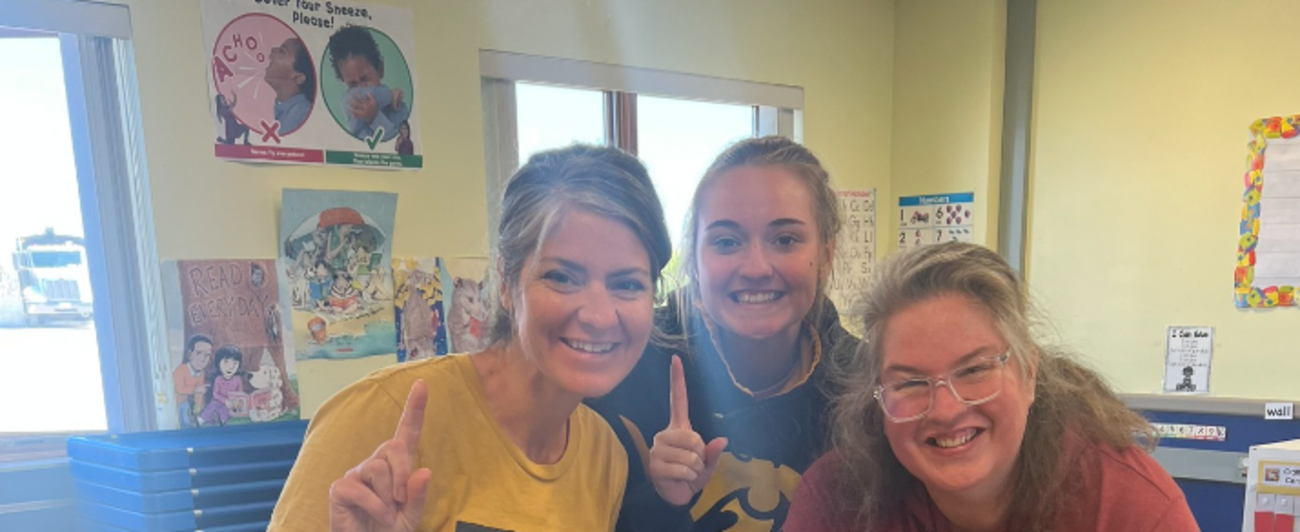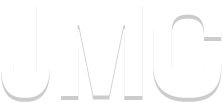Vision, Mission, Beliefs
MISSION STATEMENT
Leading the Way to a Brighter Future
VISION STATEMENT
Every Learner, Every Way
STATEMENTS OF BELIEF
-
Positive attitudes make the difference.
-
Learning is our primary purpose.
-
Educational decisions must focus on student learning.
-
Students, along with parents/guardians, must share in the responsibility for their own learning through developing a desire, love, and curiosity for learning.
-
Students must possess basic skills to develop responsibility, citizenship, and a capacity for change.
-
The GMG Community School must have clear visions for future needs.
-
The school environment must provide high expectations with all striving for excellence.
-
GMG will utilize involved and informed community members.
-
The school staff and school board must provide and demonstrate responsible citizenship.
-
Clear visions and positive attitudes make the difference.
-
A caring, safe and respectful environment for each person promotes a positive learning climate.
DISTRICT GOALS
-
Each year, all students will increase their scale score by five points on their Iowa Statewide Assessment of Student Progress (ISASP) in ELA.
-
Each year, all students will increase their scale score by five points on their Iowa Statewide Assessment of Student Progress (ISASP) in Math.
-
Each year, students grades 5, 8, & 10 will increase their scale score by five points on their Iowa Statewide Assessment of Student Progress (ISASP) in Science.
OUR STUDENTS WILL DEMONSTRATE
|
Responsibility |
Technology Literacy |
Learner’s Mindset |
|
Honesty, caring, empathy Honor commitments |
Awareness, Adaptable, Ethical Use of appropriate tools, Balance |
Embrace curiosity, active Listening, Desire to learn, ability to unlearn |
|
Perseverance |
Leadership |
Critical Thinking |
|
Embrace failure as path to success Steadfastness despite opposition |
Visionary, leverage strength Create conditions of empowerment |
Big Picture, analytical thought Apply disciplined thinning, rational |
LEARNING PHILOSOPHY
Providing a learning environment where all students can achieve is dependent upon the following beliefs:
-
All students can learn and have a right to succeed in school.
-
It is imperative that we identify students who are not achieving and then adequately support their academic needs.
-
It is unacceptable to make excuses for students not learning.
-
The consequences for students not achieving well in school are too great for the student, the community, and the democratic society to ignore.
-
All staff and board must be connected to the improvement work through shared information, shared decision making, shared focus, and a commitment to high expectations for all students.
-
The culture of the school must support adult learning as well as student learning. All role groups (teachers, non-certified staff, administrators, board members) must have the opportunity to grow professionally in their understanding of how to improve student learning.
-
Improving academic achievement must be focused on the area(s) of greatest student need.
-
What we do to improve student learning must be grounded in the current research, theory, and best thinking in the field, and should be continuously studied to determine its effect on student learning.
-
All certified staff must be organized into collaborative teams to support their improvement efforts and ensure success.
-
Quality instruction is the key factor for improving student learning.
-
Quality, focused, ongoing professional development is the key to improving instruction.
-
All staff must continuously engage in improving their practice (teaching techniques).
-
It is essential for the board to commit time and resources to ensure that professional development results in improved student learning.
-
The primary focus of professional development should result in a positive change in the academic achievement of students.
-
Data about student learning must drive decision-making at all levels.
-
Partnerships with parents and the community are an important key to improving learning for all students.
-
Strong and engaged leadership must exist at all levels of the system in order to guide and protect the school improvement work.
-
The district is committed to using all resources possible to ensure that all students are engaged in and take responsibility for their own learning.
-
In order to improve student learning, the board of education provides leadership through
*learning as a board team
*developing and advocating core district beliefs
*setting clear expectations
*providing adequate support
*ensuring accountability (monitoring progress)

